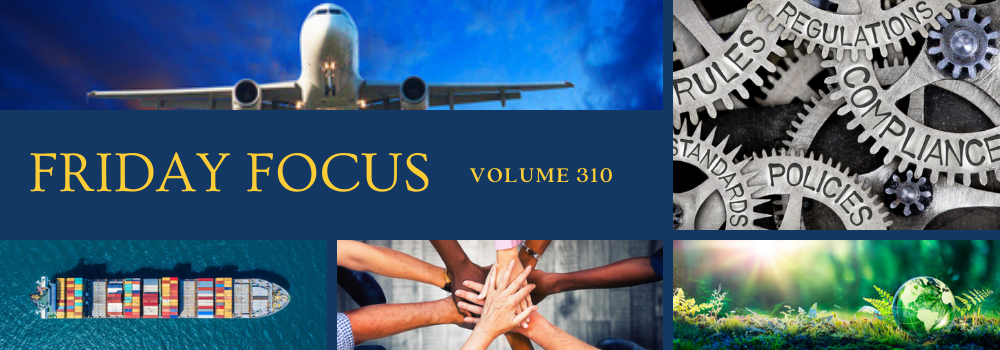Excerpts from PPI’s Trade Fact of the Week: U.S. underwear tariffs are unfair to women
THE NUMBERS: Average U.S. tariff rates, 2022 –
Women’s underwear 15.5%
All underwear 14.7%
Men’s underwear 11.5%
Steel 5.7%
All goods 3.0%
WHAT THEY MEAN:
…the U.S. tariff system taxes women’s underwear at higher rates than men’s. To dip briefly into Customs-and-trade-policy jargon, underwear tariffs are published in Chapter 61 of the Harmonized Tariff Schedule (“Knitted or Crocheted”)…and in Chapter 62 (“Other than Knitted or Crocheted”). Together these sections spread out over 17 pages and include 68 separate tariff “lines,” from line “61071100,” for men’s cotton underpants and briefs, to line “62129000,” a catchall for unclassifiable and possibly exotic things. The rates in these 68 lines range from 0.9% to 23.5%, diverging mainly along lines of class and gender. Among the products with clearly comparable female and male items, (a) aristocratic silks are lightly taxed, at 2.1% for women’s panties and 0.9% for male boxers and briefs; (b) the analogous working-class polyesters are heavily taxed, at 14.9% for men and 16.0% for women; and (c) middle-class cottons are, well, in the middle, at 7.6% for women and 7.4% for men. The highest rates fall on women’s products in heading 6212 with no obvious masculine counterpart: brassieres in a range from 4.8% (silk) to 16.9% (cotton or polyester), girdles 20%, and corsets 23.5%.
….Is the anti-female tilt of underwear tariffs typical of the American tariff system, or a weird anomaly? Overall, the “class” bias, in which silks and cashmeres are taxed lightly while cottons are taxed heavily and polyester and acrylics most of all, is the norm for U.S. consumer goods tariffs. The “gender” bias, in which women’s underwear attracts higher tariffs than analogous men’s goods, seems less systematic though still the rule. Asked to study these questions in 2018, ITC economists concluded the following:
“… [T]ariffs act as a flat consumption tax. Since a flat consumption tax is a regressive tax on income, tariffs fall disproportionately on the poor. Across genders, we find large differences in tariff burden. Focusing on apparel products, which were responsible for about 75% of the total tariff burden on U.S. households, we find that the majority, 66%, of the tariff burden was from women’s apparel products. In 2015, the tariff burden for U.S. households on women’s apparel was $2.77 billion more than on men’s clothing. … . This gender gap has grown about 11% in real terms between 2006 and 2016. We find that two facts are responsible for this gender gap: women spend more on apparel than men and women’s apparel faces higher tariffs than men’s.”
